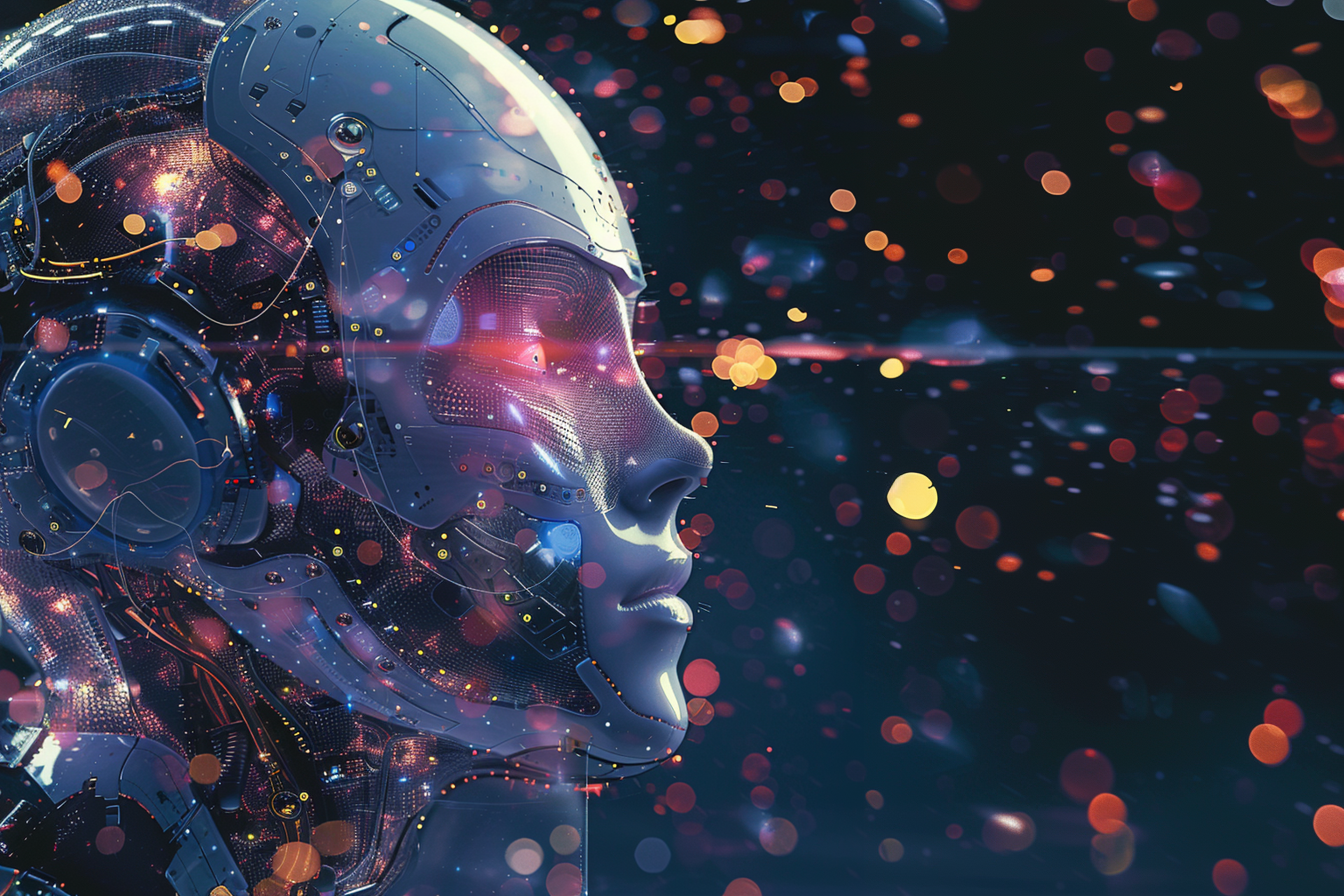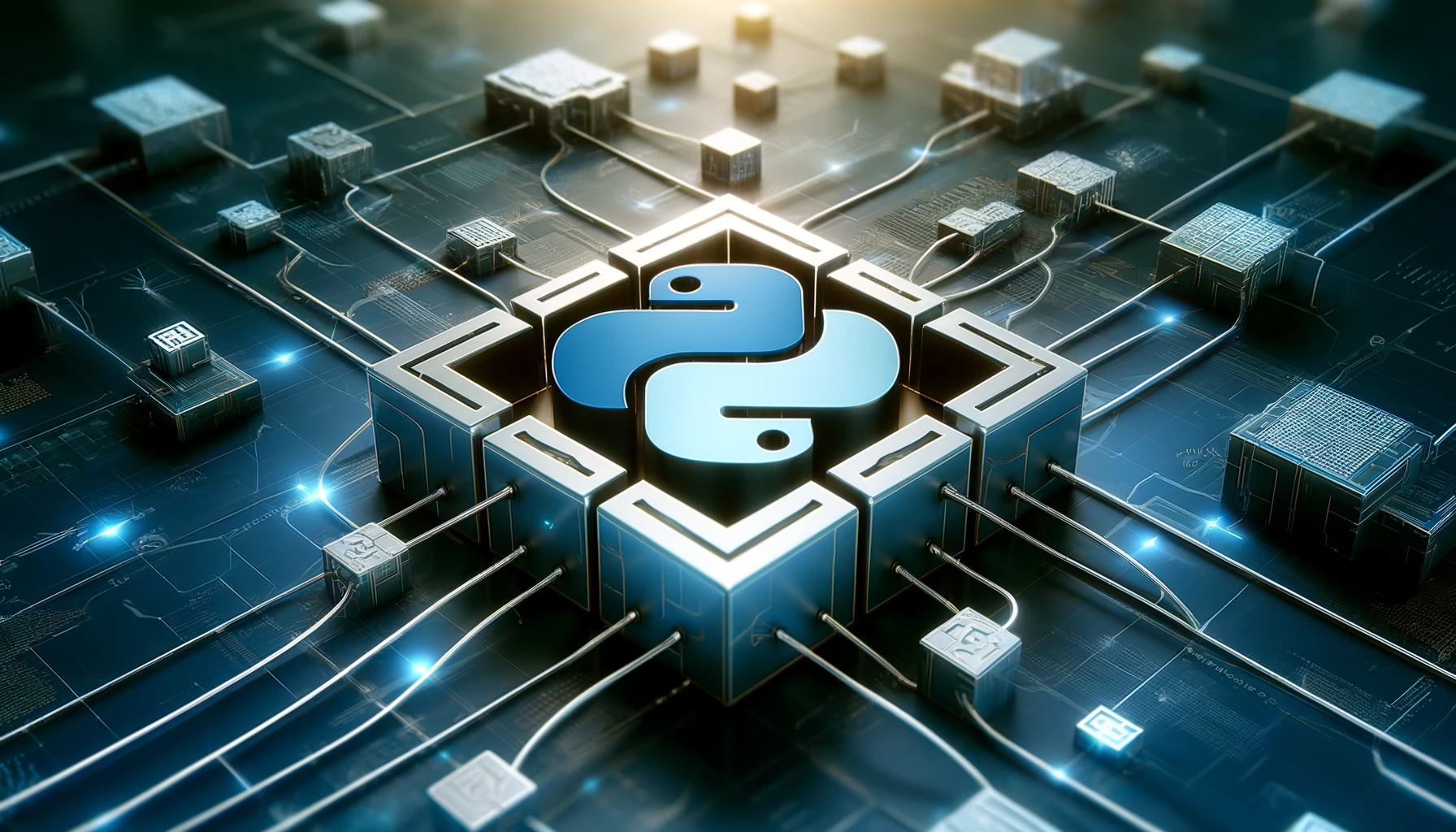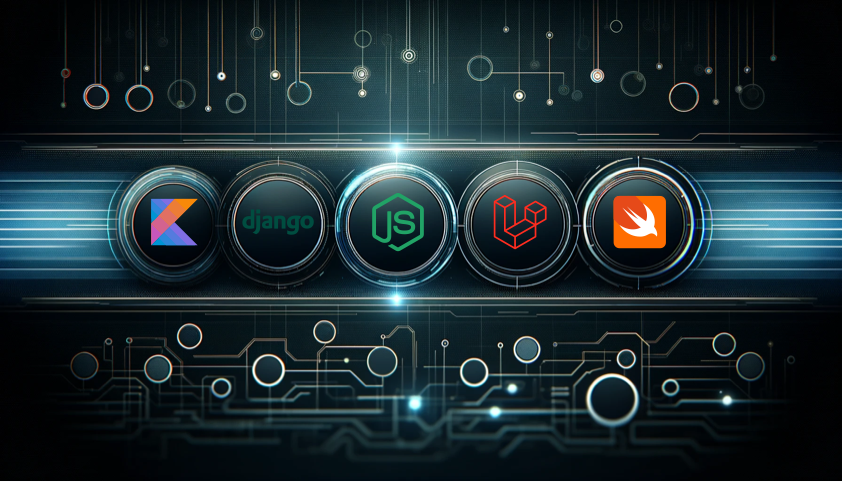· news · 2 min read
Exploring Machine Learning and AI
Delve into the landscape of machine learning and artificial intelligence (AI) technologies for 2024, with a focus on Python as a leading language for developing intelligent applications.

The domain of machine learning (ML) and artificial intelligence (AI) continues to evolve, shaping cutting-edge technologies and applications across diverse industries. Python stands out as a dominant language empowering developers and data scientists to build intelligent systems. Let’s explore the vibrant ecosystem of ML and AI technologies for 2024, centered around Python.
Python: The Powerhouse of ML and AI
Widely Adopted Language
Python’s popularity in the ML and AI community stems from its simplicity, versatility, and robust ecosystem of libraries and frameworks. Developers leverage Python for tasks ranging from data preprocessing to building complex neural networks.
Rich Ecosystem
Python boasts a rich selection of libraries and frameworks tailored for ML and AI:
- TensorFlow: Google’s open-source ML library for building and training deep neural networks.
- PyTorch: Facebook’s framework offering dynamic computational graphs and intuitive APIs.
- scikit-learn: A comprehensive library for traditional ML algorithms and model evaluation.
- Keras: High-level API simplifying the creation of neural networks atop TensorFlow or Theano.
Seamless Integration
Python seamlessly integrates with data science tools like Jupyter Notebooks, facilitating interactive and exploratory data analysis. This integration streamlines the ML development lifecycle, from prototyping models to deploying production-ready systems.
Advancements in ML and AI
Deep Learning
The field of deep learning continues to flourish, enabling breakthroughs in computer vision, natural language processing (NLP), and reinforcement learning. Python frameworks like TensorFlow and PyTorch power state-of-the-art deep learning applications, driving innovations in autonomous systems and AI-driven insights.
Explainable AI (XAI)
As AI systems become more prevalent, the demand for explainable AI grows. Python tools and libraries are at the forefront of XAI research, enabling transparency and interpretability in AI decision-making processes.
AutoML and MLOps
Automation in ML model development, known as AutoML, is gaining traction. Python libraries like scikit-learn and TensorFlow Extended (TFX) facilitate automated feature engineering, hyperparameter tuning, and model selection. Moreover, MLOps practices using Python streamline model deployment and management, ensuring scalability and reliability.
Python’s Role in Industry Adoption
Python’s role in democratizing ML and AI extends to various industries:
- Healthcare: Powering diagnostic systems, drug discovery, and personalized medicine.
- Finance: Enabling algorithmic trading, risk assessment, and fraud detection.
- Retail: Enhancing customer experience through recommendation engines and demand forecasting.
- Automotive: Driving advancements in autonomous vehicles and predictive maintenance.
Conclusion
Python’s dominance in the ML and AI landscape underscores its pivotal role in driving innovation and practical applications. As we navigate 2024, Python continues to empower developers, researchers, and businesses to harness the potential of machine learning and artificial intelligence, unlocking new possibilities in technology and beyond.


